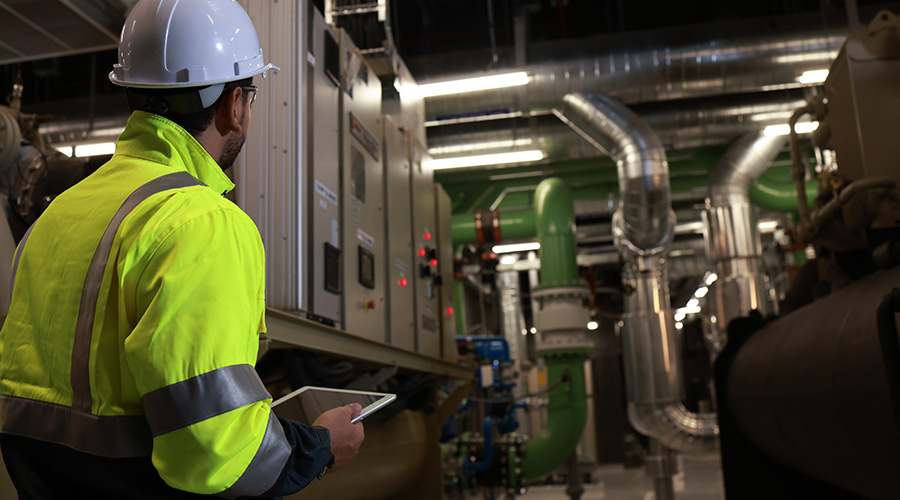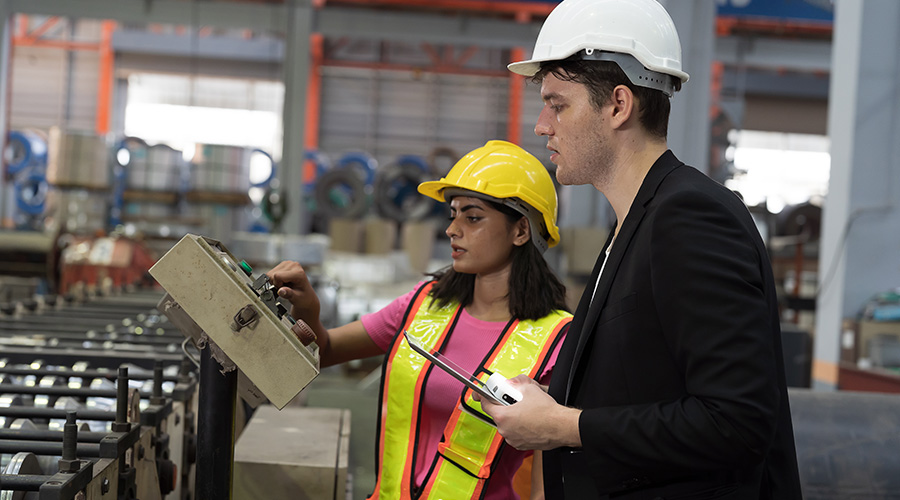Michael Cowley Column: Prevent Failures by Learning From Them
For nearly as long as anyone can remember, maintenance and engineering managers have been asked to do more with less. We are constantly asked to cut staff, overtime, and spending on contractors, parts and supplies. The only way to meet these demands effectively is to function more efficiently, which in turn means reducing reactive or emergency work and increasing preventive maintenance (PM) and predictive maintenance (PdM).
But despite the best efforts of managers and their staffs, emergencies still happen in institutional and commercial facilities — generally, at the least opportune times. Boilers break down, roofs leak, toilets back up, and nature ultimately takes its toll on building materials and components. The most common response to emergencies is to quickly repair or replace the problem component and move on. This approach is understandable, given most departments' workloads.
But for managers who are truly serious about getting the maximum productivity and efficiency from their front-line technicians, a smarter strategy might be to learn from the failures and apply the lessons to the department's activities and priorities.
What Is An Emergency, Anyway?
The key to learning from emergencies and failures is to spend a little time with every catastrophic event — or for that matter, any significant breakdown — and do what you can to prevent it from happening again. We all know that in leading-class companies around the world that have great maintenance organizations, the primary focus is minimizing the reactive work and maximizing the proactive activities, such as PM and PdM.
To get this ratio moving in the positive direction and fine-tune your maintenance processes, you must continuously adjust and improve your proactive activities. So every time you experience a significant problem or failure, you need to ask yourself, "How we could have prevented this from occurring?"
What is an emergency or significant failure? Every industry and facility defines a catastrophic failure a little differently, but a good rule of thumb defines it as any breakdown or failure that causes a system or major piece of equipment to actually fail and shut down, either automatically or manually. A second definition is any situation in which you need to change assignments for a significant number of your staff to resolve a breakdown or failure.
A third definition describes situations in which you have a reduction or unplanned disruption in the performance of your facility that causes changes in the planned performance schedules. A final definition covers instances in which a significant expense is incurred trying to restore an asset, system or building to its normal operating condition.
Related Topics:












